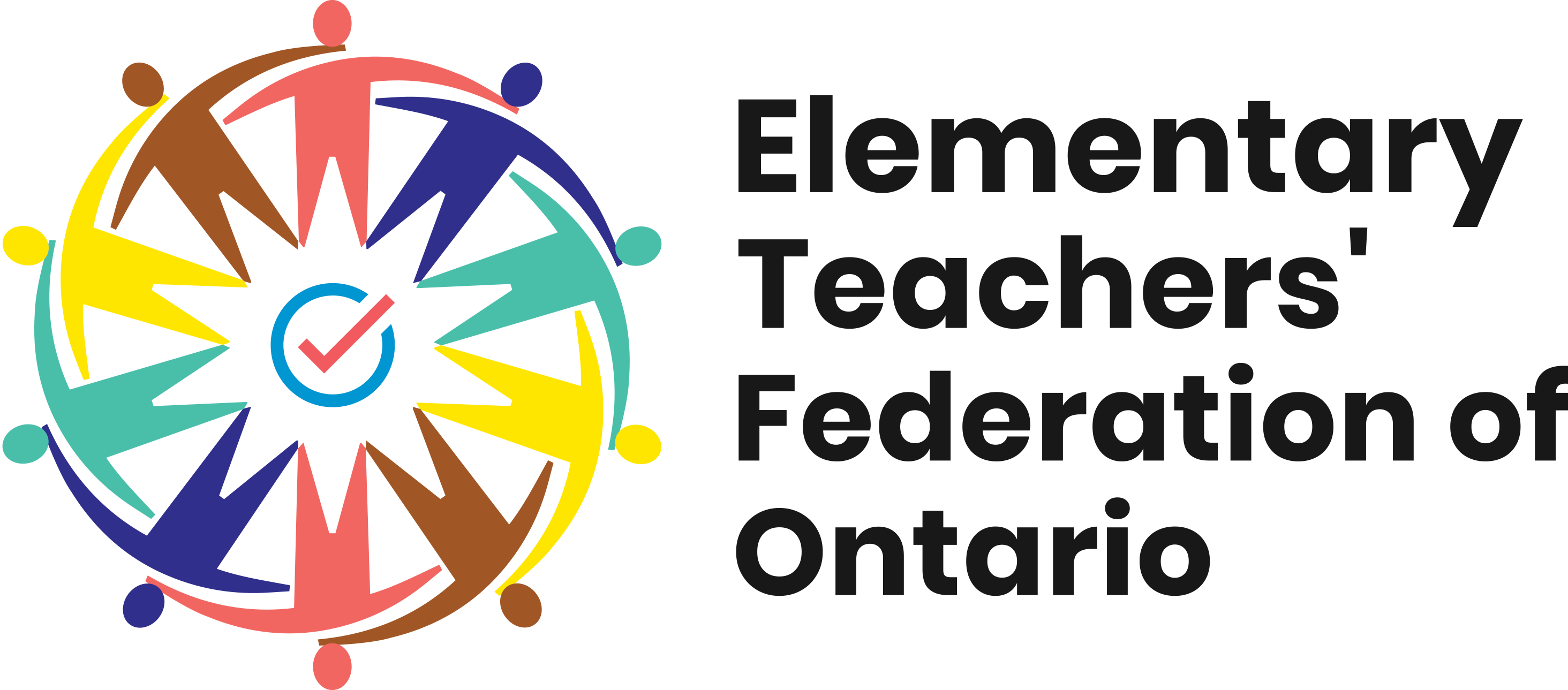Back in the day (I always feel so old whenever I say that) I remember we used to have a full-time librarian, an in-school nurse, a guidance counsellor, as well as design/technology and family study teachers. Nowadays, some of these teachers are so rare to see in elementary schools; there seems to be a huge decline in specialist teachers across the province. Instead of eliminating these specialist teachers in elementary schools, students should be having access to more of these specialist educators. By this, I also mean specialists in various subject areas such as the arts (music, visual art, drama, dance) and in core subjects (literacy, numeracy, science and social studies). Under the current provincial funding formula, the majority of Ontario schools don’t have access to these specialist educators and, to me, that is a huge detriment to the education system in our province.
What are specialist teachers?
While there is a formal definition by the Ontario College of Teachers, the day-to-day definition of a specialist teacher might change depending on one’s professional perspective and philosophy. Specialist teachers bring a wide range of both formal qualifications as well as informal learning and experiences to their classrooms. They are specifically trained (often through additional qualification courses) in the subject matter to which they teach. Funding for schools also plays a role in the way schools and school boards access and utilise specialist teachers. There continues to be a disparity between urban and rural schools in relation to the availability of, and access to, specialist teachers in a variety of settings and subjects. As the number of specialist teachers continues to decline across the province, it will affect the administration and organization of the education system and the allocation of resources. This will undoubtedly have a huge impact on student choices, student mental health and student success.
What does the literature say about specialist teachers?
The literature seems to say that as the curriculum goes through revisions, year after year, and students move into higher grades, the subject matter increases in complexity and therefore the skills, content and expertise required by educators also increase. Specialist teachers are additionally trained to understand, interpret and deliver curriculum to students with more effective pedagogical strategies to reach all learners with diverse needs and to improve student overall success and achievement. These teachers themselves report feeling more confident in their understanding of the curriculum and more prepared to teach in their specialist field compared to other teachers. However, it is important to note that the magnitude of a well prepared, effective and confident teacher in the classroom cannot always be measured in a tangible way. The focus here is really on the overall success, achievement and wellbeing of students.
What does the literature say about the relationship between specialist teachers and student achievement?
Bring back specialist teachers to elementary education! Specialist teachers are able to deliver a high quality and rigorous program for all students. However, the evidence on whether such instruction leads directly to improved student achievement remains inconclusive. More research is needed in this area to make any substantive claims on the effectiveness of specialist teachers. I think that more specialist teachers in elementary schools, however, would likely serve to support students positively and contribute to their social, emotional and intellectual development. I think that specialist teachers are an important aspect to ensuring high quality education for all students and therefore should be a consideration for any successful education system.
ETFO completed a literature review of research that examines the effectiveness of specialist teachers to the quality of education in elementary schools. The 2015 review reveals that, “Overall, the literature surrounding specialist teachers in a range of content areas appears to support the claim that specialist teachers can positively impact student achievement and contribute to student success at the elementary level.” You can find more information on the following ETFO website:
